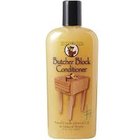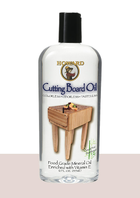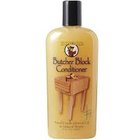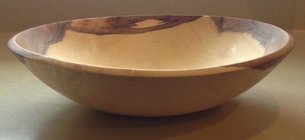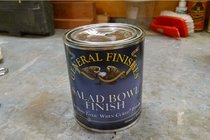I made 4 individual salad bowls from maple with a zebrawood segmented rim. I am contemplating how to finish them. I have a food safe beeswax/mineral oil finish that I can apply, but am wondering if I can buff these bowls first before applying the beeswax/mineral oil. I can also buff the bowls with some carnauba wax, but not sure how that finish will interact with the beeswax/mineral oil finish. (once the carnauba wax is applied, will the beeswax/mineral oil even stay on?) These bowls are intended to be used on a frequent basis (daily/weekly). Is it worth simply buffing these bowls with beeswax/mineral oil finish? Can I buff the external surface of the bowl with carnauba wax and only treat the inside surface with beeswax/mineral oil finish? These are meant as gifts, so I don't have the luxury of experimenting to see how they turn out.
Any help appreciated.
Doug
Any help appreciated.
Doug

